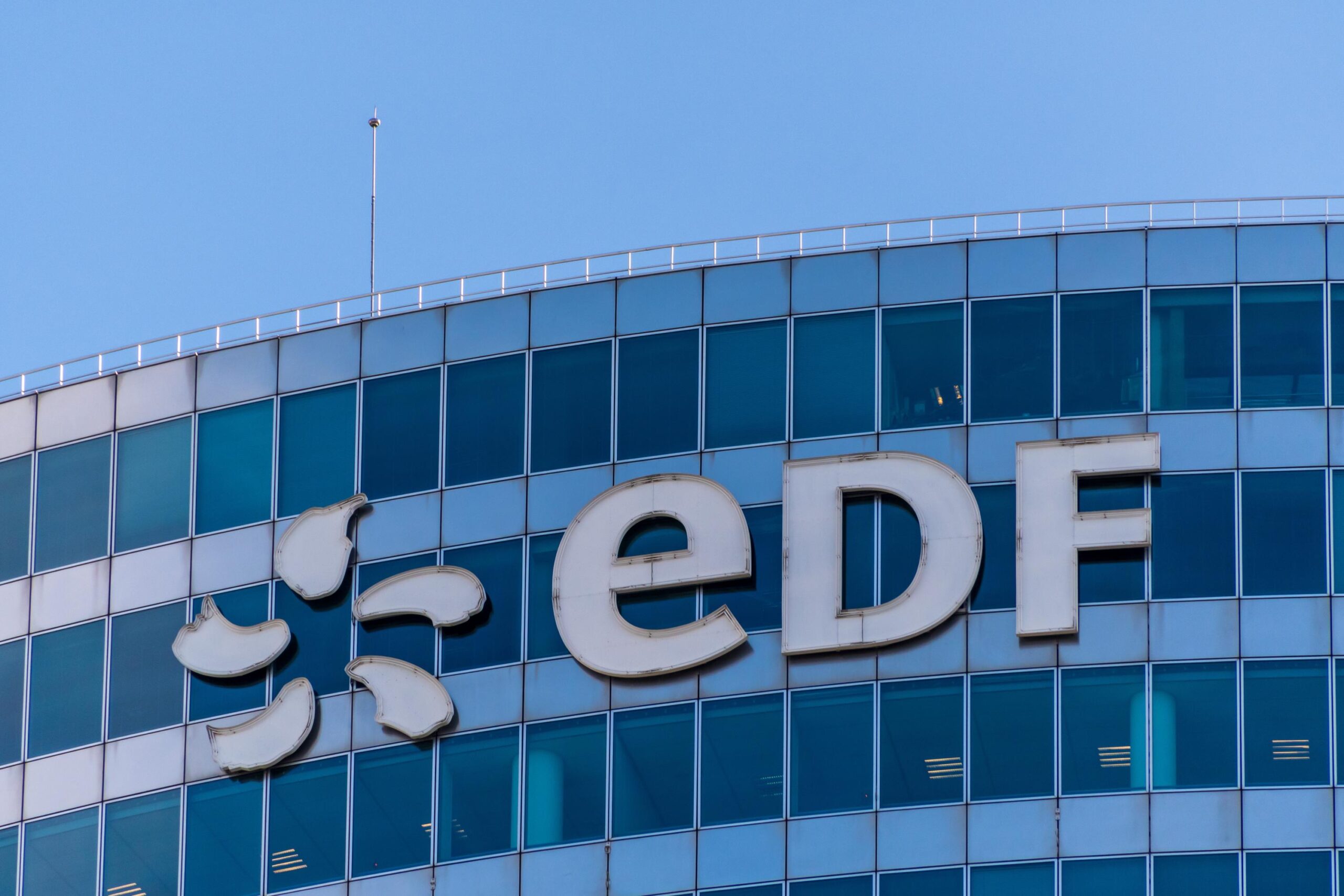
EDF Announces Record Profits, Charts Ambitious Growth Agenda for 2025
French energy giant EDF, buoyed by a resurgence in its electricity production, has unveiled record profits for 2024 and outlined a multifaceted agenda for the upcoming year.
Record Profits and State Dividends
EDF recorded €11.4 billion in profits last year, driven by a "significant increase" in nuclear and hydropower generation, offsetting the decline in electricity prices. CEO Luc Rémont attributed the strong performance to "excellent operational and commercial results."
As the sole shareholder of EDF, the French government will receive a €2 billion dividend for the first time in over a decade.
Restored Production and Nuclear Focus
EDF reversed the negative trend of 2022, marked by low production due to nuclear corrosion issues and drought affecting dams. In 2024, the group’s electricity output reached 520 terawatt-hours (TWh), an 11% increase, including 361.7 TWh from nuclear sources.
Despite the production recovery, EDF faced a decline in market electricity prices, resulting in a 15.7% revenue decrease to €118.7 billion and an 8.5% reduction in its earnings before interest, taxes, depreciation, and amortization (EBITDA) to €36.5 billion. Nonetheless, the latter remains "the highest level ever achieved after 2023," according to EDF’s CFO, Xavier Girre.
Financial and Industrial Ambitions
After a "very intense" 2024, marked by the commissioning of the Flamanville EPR nuclear reactor, EDF enters 2025 with a packed agenda. Despite an abyssal €54.3 billion debt, the company plans to continue its nuclear "recovery" and embark on ambitious growth initiatives.
Flamanville Progress and Nuclear Expansion
The Flamanville reactor, which was connected to the grid in late December 2024 after 12 years of delays, will continue to ramp up its power output, aiming to reach 100% capacity by summer 2025.
EDF aims to sustain its nuclear production between 350 and 370 TWh in 2025, 2026, and 2027, factoring in Flamanville’s contribution.
Diversification and Decarbonization
Leveraging its recovering electricity production, which is 94% decarbonized, EDF seeks to acquire new customers. This includes households for electric vehicle adoption, businesses, and large-scale industries seeking green energy solutions, as well as future growth in electricity-intensive data centers.
"Our main challenge is to use [our electricity generation capacity]," Rémont told the press. "Our first challenge at EDF is to accompany customers (…) to lead them to prefer electricity" over fossil fuels, which France aims to gradually phase out.
Rémont emphasized the global need to increase electricity consumption, which has stagnated for the past two decades.
EPR2 Negotiations and International Projects
Another major undertaking in 2025 will be the conclusion of intense negotiations with the French government on the total cost and financing structure for the six EPR2 nuclear reactors planned by the government. The budget estimate has been postponed by several months, but Energy Minister Marc Ferracci stated that the cost will be "below €100 billion" and the financing model will be revealed "in the coming weeks." According to sources close to EDF, the plan will involve a zero-interest loan from the government.
Simultaneously, EDF will navigate its two EPR2 projects in the UK: Sizewell C, currently in development, and Hinkley Point C, under construction but plagued by delays and cost overruns. These issues resulted in EDF recording an €800 million impairment charge due to inflation revisions.
In the United States, EDF faces challenges related to the Biden administration’s stance on offshore wind energy. The company announced a €900 million impairment charge on its joint offshore wind venture with Shell in the US, Atlantic Shores, due to adverse policy shifts.
